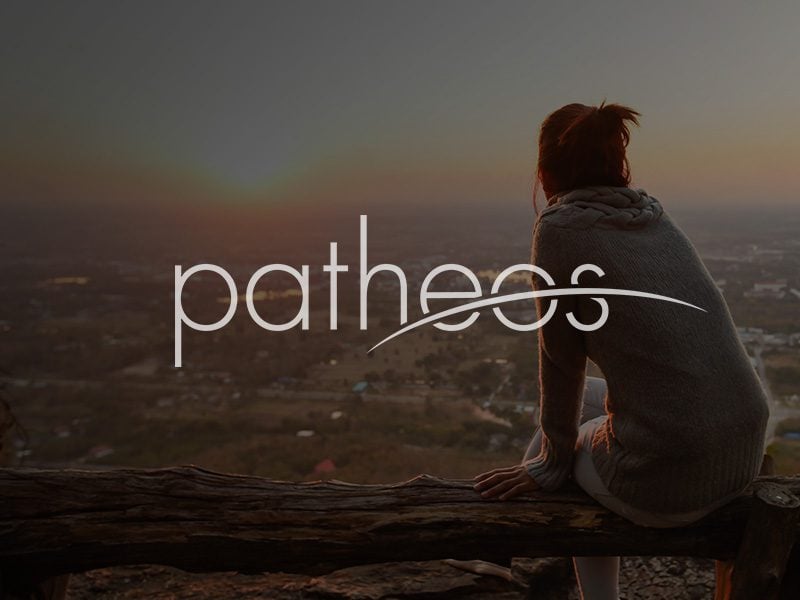Is the Old Testament misogynistic? That is, does it convey or transmit a view of women as inferior. Copan says No. What do you think?
Paul Copan, in Is God a Moral Monster?: Making Sense of the Old Testament God, sketches a series of passages/verses where he thinks the equality of women is assumed.
 He breaks these into three categories: theological, historical and legal.
He breaks these into three categories: theological, historical and legal.
But he begins on a common theme for his book: the ideal is found in Genesis 1–2 with fallen conditions causing breakdowns in the rest of the Old Testament. Gen 1–2: both male and female are Image of God; Eve is from the rib as a companion; marriage is of equals etc..
Theologically: Gen 1:27; Exod 20:12: honor father and mother; etc.
A women is called an “ezer”: companion.
Historical: powerful matriarchs in Bible — Sarah, Hagar, Rebeckah, Rachel, Leah, etc — Miriam, Deborah, Ruth, and the Proverbs 31 woman.
Legal: women share legal and moral responsibility with men.
So what about the difficult passages?He examines the trial of jealousy in Numbers 5, the double impurity of the female child at birth in Lev 12, levirate marriage in Deut 25, coveting your neighbor’s wife in Exod 20 and the absence of female priests.
Copan’s major strategy is to justify the biblical texts by appealing to moral improvement or social improvement when compared with the Ancient Near East, points I don’t dispute. But what needs examination is why the Proverbs 31 is not more pervasive.
And this leads to this one: if Genesis 1–2 is the ideal, what becomes of the status — scriptural status — of the other texts that reflect the inferior fallen conditions?















